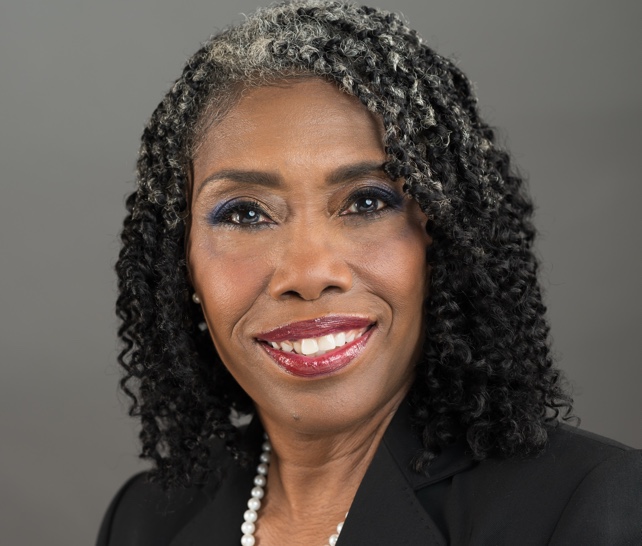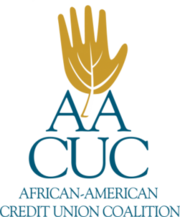You don’t have to sell too many people on the importance of higher education. It is the foundation that helps us build prosperous careers and achieve financial security. Education allows us to increase our opportunities and improve our overall quality of life.
Educational institutions and colleges are the epicenters of training and knowledge. They are important to all industries and provide people with new skills to meet the unique challenges that each student will face upon graduation.
By now you are probably wondering what education, colleges or institutions have to do with breaking down barriers through community and immersion.
I think it would be a good exercise for us to think about community and immersion as two centers for learning. I am a firm believer that knowledge is power. If we commit to educating ourselves on the true meaning of community and understanding the value of immersion, then we can break down barriers on the path to diversity, equity, and inclusion (DEI).
At first glance, community and immersion are simple words that we all comprehend. But I fear that the terms are overused and have possibly lost their value during our discussions on DEI. These words can mean different things to different people – which is expected and understandable.
As is the case with all educational institutions, there will be varying opinions on what we uncover as we learn more. Our primary goal, though, is to find common ground and to learn, grow, and develop in our education.
The College of Community
Community is both a unified body of individuals and a social state. We can view community as a group of people who share a common bond and a feeling of fellowship with others as a result of that common bond. In fact, educational institutions are a hub for cross-cultural interaction and a place that encourages a general sense of community among students.
In the College of Community we can learn how to nurture and foster the development of an inclusive community, so that the entire student body feels valued and seen. In the credit union movement, the common bond that we share is people, and helping people. That is what makes us a community, that is what brings us together. It is the secret sauce that makes us stand out amongst other financial communities.
The good thing is, there is already a deep sense of community in the credit union movement. But the not-so-good thing is, members of our community (those who serve with us and those we serve) do not always feel valued or seen. On the outside, these members of our community may seem completely content. But I would bet that on the inside, they wrestle every day with the known and unknown struggles that come with inequities, or to put it simply, the known and unknown struggles that come with being different.
When more credit union professionals enroll in the College of Community, our industry has the power to create a vibrant community that encourages a healthy respect for differences.
The Institution of Immersion
Immersion is absorption; it is allowing our minds to be soaked with information and to take in as much as possible. We hear the term immersion also in the academic research field. In this sense, an immersion is instruction based on extensive exposure to surroundings or conditions that are vital to a particular object of study. In an article for the New York Times, Dr. Daniel Polishar of Shalem College in Israel encourages cross-cultural immersion and learning programs that start as early as high school. Dr. Polishar notes that the changing landscape of our world requires leaders who can overcome cultural differences and work together to address critical needs.
In the Institution of Immersion we can learn how to embed ourselves in communities outside of our own so that we may come to understand and appreciate different customs, practices, and ways of life. The credit union movement is in dire need of students who will study at the Institution of Immersion. We need leaders who are willing to be uncomfortable for the sake of strengthening, growing, and retaining diverse credit unions and organizations. Without those brave individuals, I fear that we will be unable to understand the cultural nuances of the very communities we serve and seek to make an impact for.
We have so much to gain when we learn through cultural immersion. Unconscious bias trainings and DEI seminars are great, but we gain authentic cultural awareness when we learn from firsthand experience.
In his World War II research, Harvard sociologist Samuel Stouffer found that white soldiers were more likely to view their black counterparts as equals when they fought alongside them. This uncovers the profound truth that cultural immersion not only impacts how we perceive others, but also is the next wave in leadership development and DEI – an idea brought to light in a Chief Learning Officer article.
When more credit union professionals attend the Institution of Immersion, members of our mission-driven movement can truly come in alignment with one another.
If we graduate from the College of Community and matriculate through the Institution of Immersion, we will be one step closer to becoming a diverse, equitable and inclusive movement.








